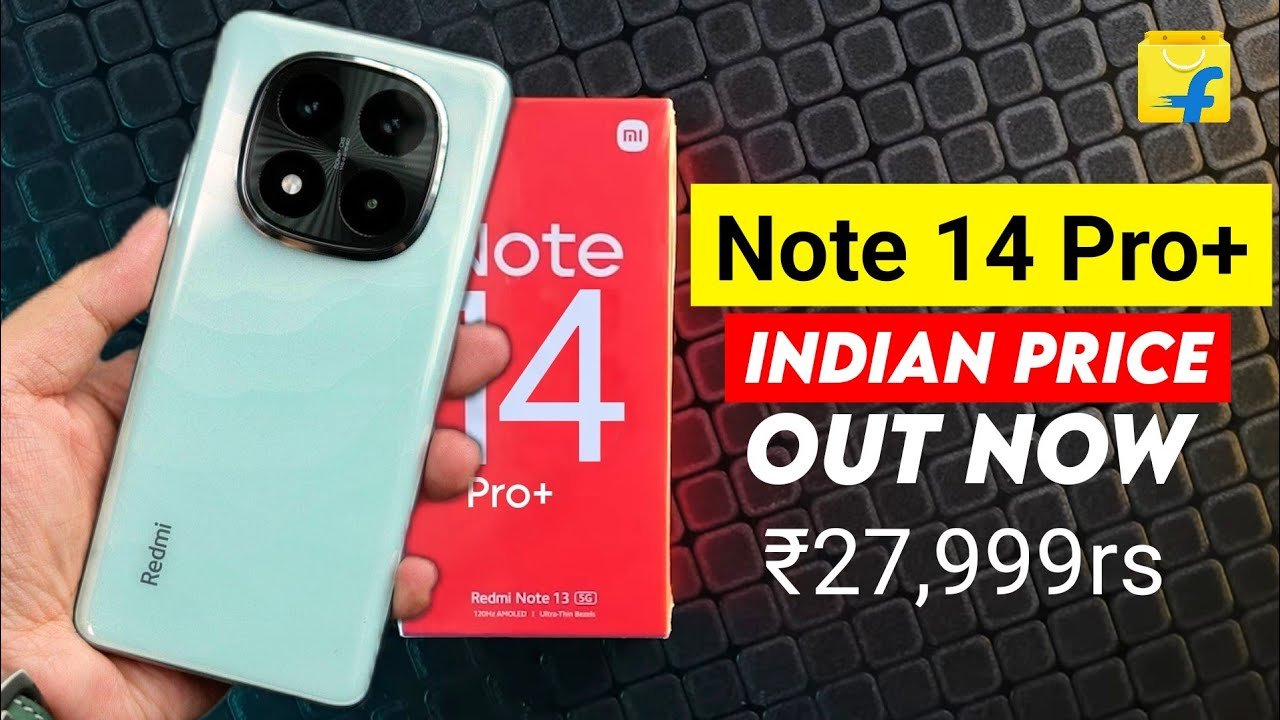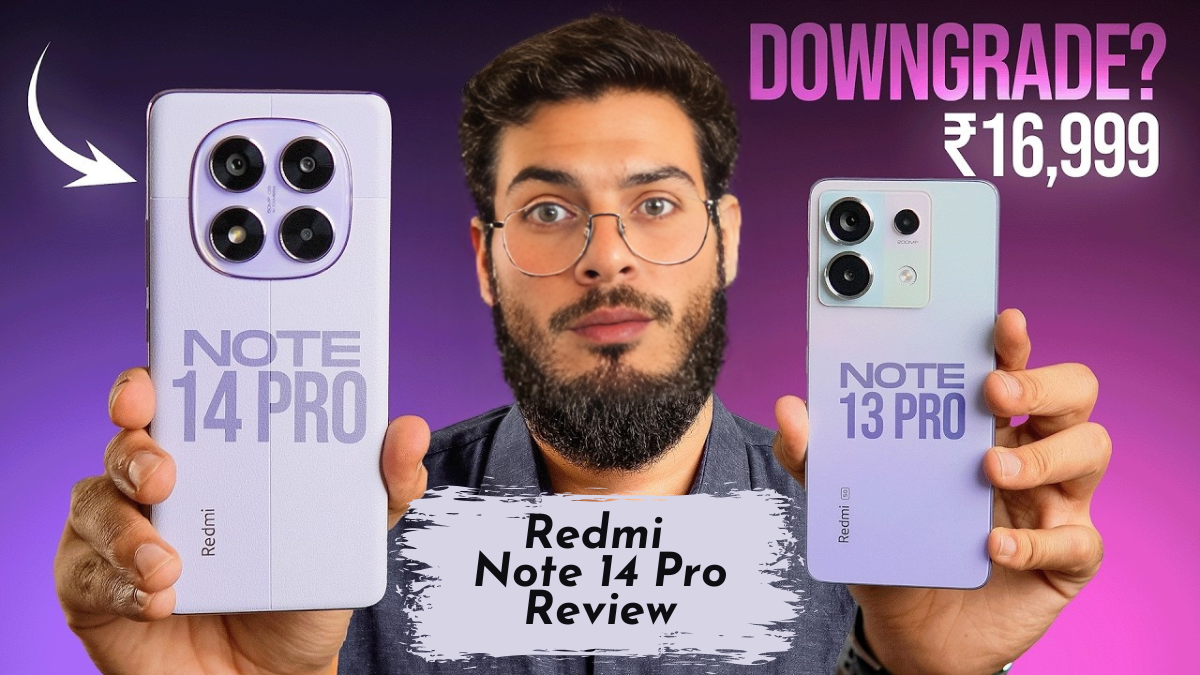Discover the power of the all-new Xiaomi XRING O1 in this comprehensive review. Explore its cutting-edge 10-core CPU, massive 16-core GPU, thermal efficiency, gaming benchmarks, AI performance, ISP camera tech, and battery optimization. Find out how the Xiaomi XRING O1 compares against Snapdragon 8 Elite and what to expect from XRING O2.

Table of Contents
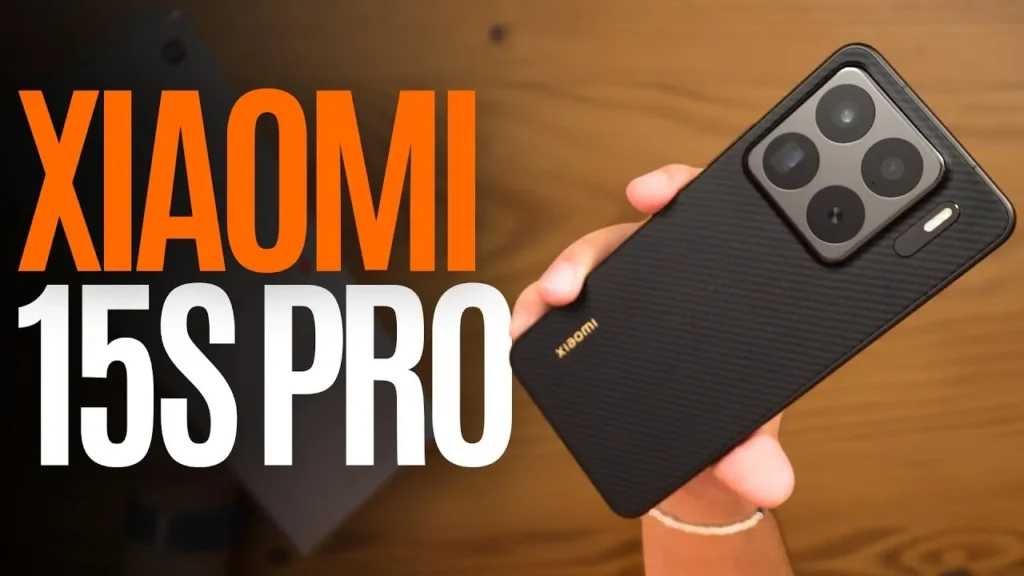
Xiaomi XRING O1: Xiaomi 15S Pro Key Features
| Feature | Details |
|---|---|
| Processor | 10-core CPU with peak 3.9GHz clock speed |
| GPU | 16-core ARM G925 GPU for enhanced gaming performance |
| Manufacturing Process | TSMC N3E 3nm node for higher efficiency |
| AI Engine | Six-core MPU with 44 TOPS AI power |
| Connectivity | Wi-Fi 7, extensive Bluetooth protocol support |
| Modem | External MediaTek T800 5G modem |
| Camera Support | Enhanced ISP with improved low-light performance and 5x telephoto |
| Thermal Performance | Optimized cooling and throttling for stable frame rates |
| Battery Life | Efficient on Wi-Fi, reduced performance on 5G |
| Video Support | HDR video decoding, 4K 60FPS support, limited stabilization |
Introduction to the Xiaomi XRING O1
Welcome to our in-depth Xiaomi XRING O1 Review, where we break down everything you need to know about Xiaomi’s bold leap into custom silicon. The Xiaomi XRING O1 isn’t just another chip powering a flagship device—it’s a milestone for the brand and a clear signal that Xiaomi is ready to join the ranks of Apple, Qualcomm, and MediaTek in the mobile chipset game.
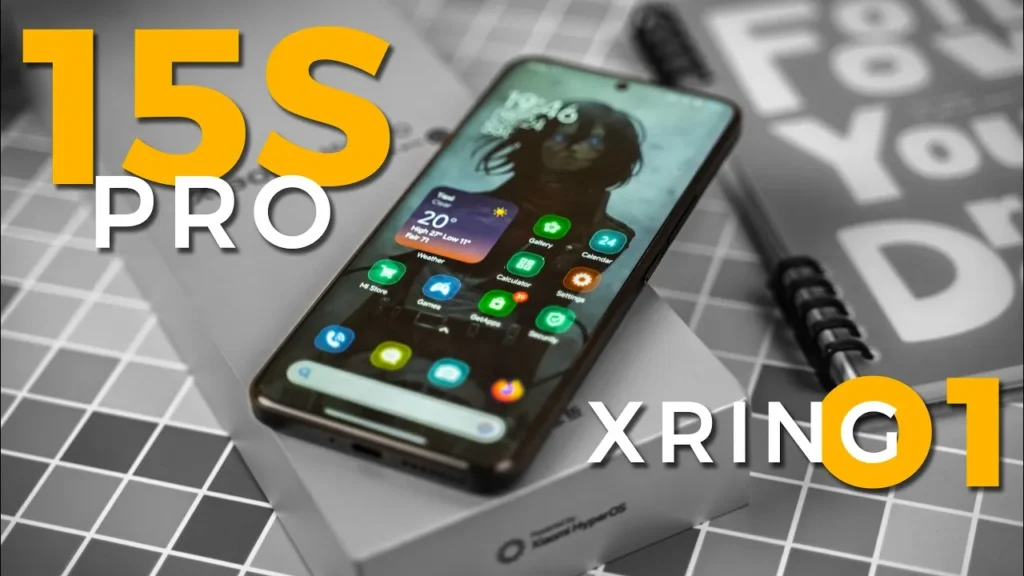
The Xiaomi XRING O1 Review begins with the recognition that this processor marks Xiaomi’s first serious attempt at building a top-tier, in-house System-on-a-Chip (SoC). The SoC, nestled within the Xiaomi 15S Pro, might not scream innovation at first glance with its average screen and decent camera. However, the real revolution lies under the hood—Xiaomi’s self-developed XRING O1 chip is designed to challenge some of the best processors out there.
What makes this chip remarkable is its ambition. While Xiaomi has long been a leader in design and features, relying on third-party processors kept them one step behind. Now, with the XRING O1, Xiaomi aims to close that gap—and possibly lead.
Xiaomi’s First Step Into Custom Silicon
In this section of the Xiaomi XRING O1 Review, let’s explore why this chip is a landmark moment in Xiaomi’s history.
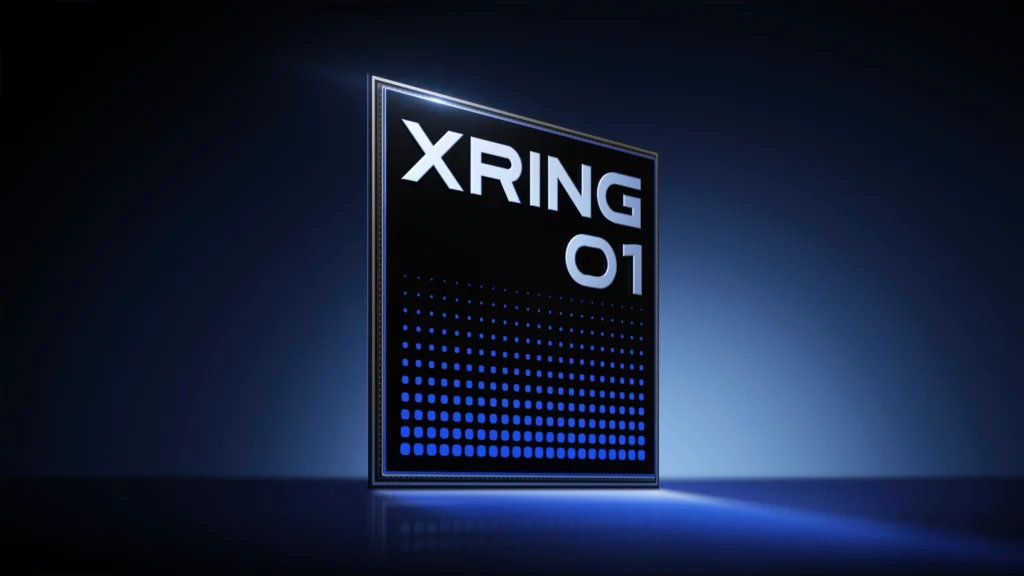
Developed using TSMC’s advanced N3E process, the XRING O1 achieves an incredible level of silicon integration. The die size is impressively compact compared to other flagship SoCs, a testament to Xiaomi’s precision engineering. But it’s not all sunshine and roses. One key omission is the lack of an integrated 5G modem. Instead, Xiaomi relies on a standalone MediaTek T800 modem, which means more power draw when operating on 5G—a decision that slightly hampers battery life in real-world scenarios.
It’s also important to note that even Apple took six years to integrate its own 5G solution. So, in the big picture, Xiaomi’s journey is just beginning, and the Xiaomi XRING O1 is their ambitious first chapter.
CPU Architecture and Power Performance
A pivotal highlight in this Xiaomi XRING O1 Review is the chip’s CPU configuration. The XRING O1 SoC features an advanced 10-core CPU layout spread across four different ARM architectures—a rare and bold design choice. The most notable element is its peak clock speed of 3.9GHz, a figure that rivals the very best in the industry.
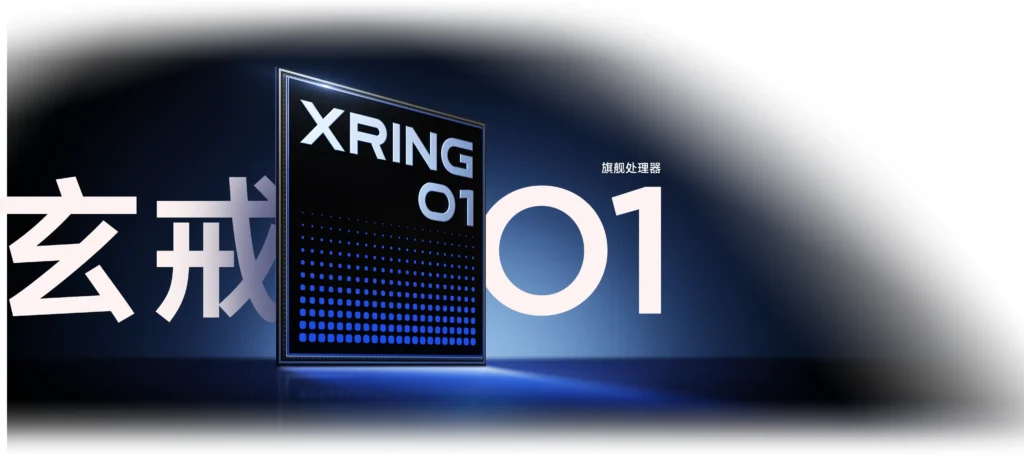
Here’s a quick breakdown of the architecture:
- 2 x Cortex-A720 Performance Cores
- 4 x Cortex-A720 Efficiency Cores
- 2 x Cortex-A520 Lightweight Cores
- 2 x High-Speed Cores with 3.9GHz clock
Most of the cores are built using ARM’s latest architectures, setting the chip apart from older designs used in competing SoCs. This mixed-architecture layout gives the XRING O1 an edge in dynamic task allocation, boosting performance where needed and saving energy when possible.
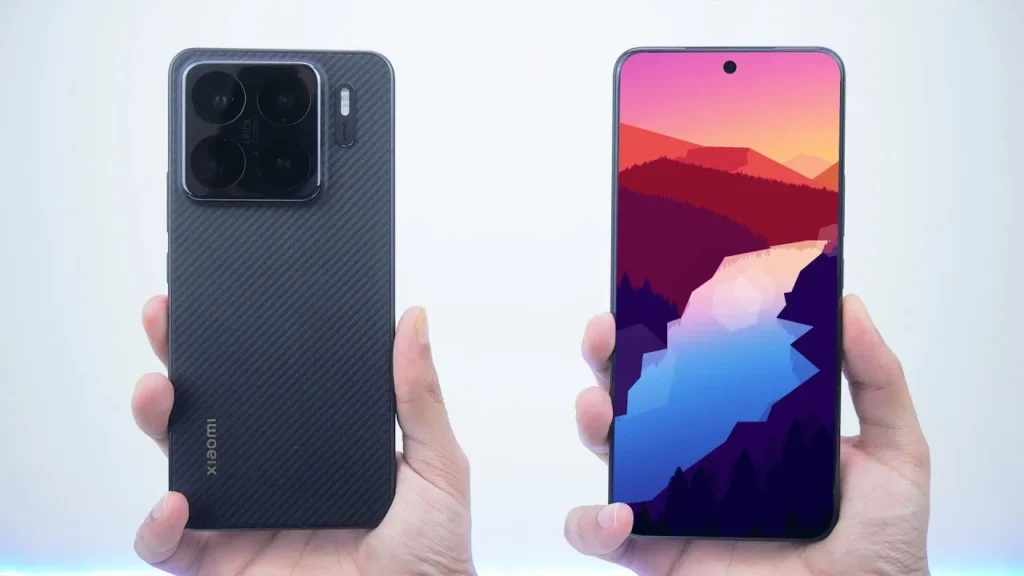
Benchmarking reveals that the Xiaomi XRING O1 edges out the Snapdragon 8 Elite in CPU performance. In this Xiaomi XRING O1 Review, it’s clear that Xiaomi didn’t just throw together a chip—they engineered a contender.
GPU Power and Gaming Excellence
Moving to graphics, the GPU inside the Xiaomi XRING O1 deserves a deep dive. This chip houses a powerful 16-core ARM G925 GPU, which not only sounds impressive on paper but also performs exceptionally in demanding scenarios.
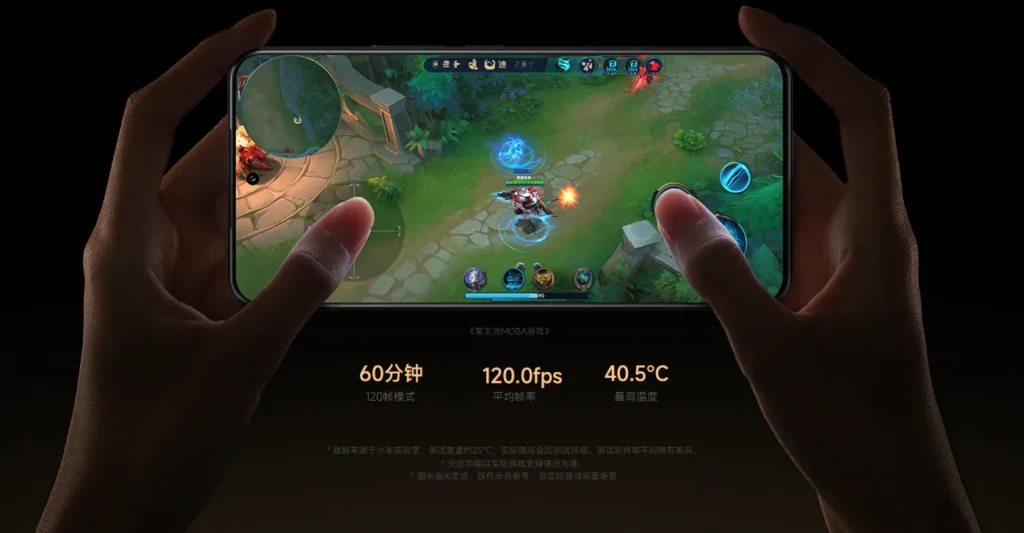
In fact, it’s even beefier than MediaTek’s Dimensity 9400, which features a 12-core GPU. The 16-core GPU ensures smoother gameplay, better rendering, and an overall improved gaming experience—a major focus for this Xiaomi XRING O1 Review.
However, it’s not a clean sweep. In some GPU benchmarks, Snapdragon 8 Elite slightly outperforms the XRING O1, particularly in ray tracing capabilities. Still, for day-to-day gaming like Genshin Impact, PUBG Mobile, and Honkai Star Rail, the XRING O1 provides consistent, high-performance output.
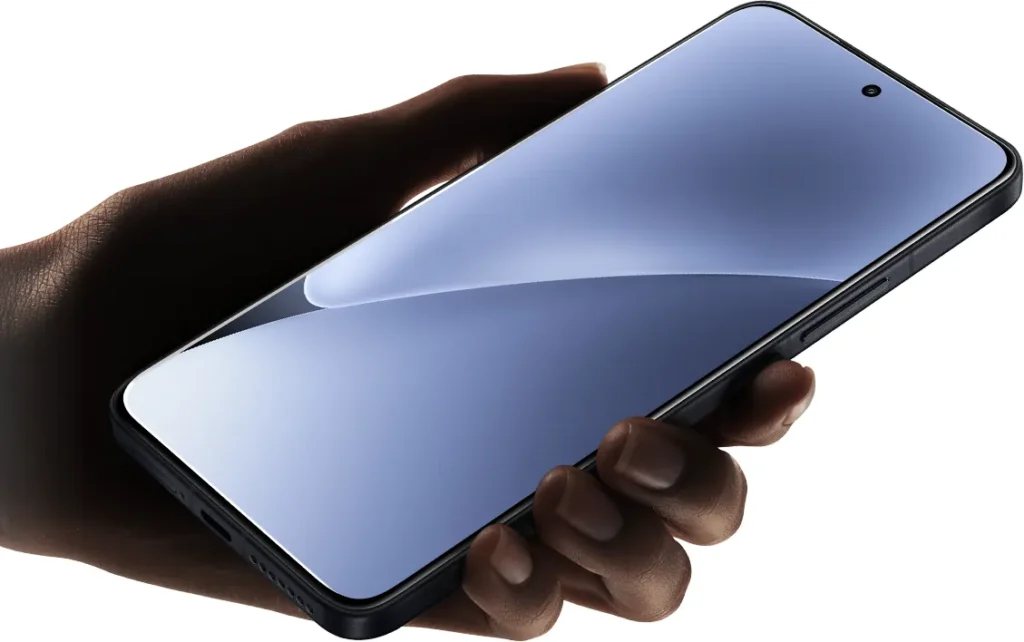
Gaming enthusiasts will love how the chip handles prolonged gaming sessions with minimal frame drops and excellent thermal management—especially when using Wi-Fi, where power consumption is kept in check.
Gaming Performance Across Titles
Let’s talk real-world gaming, where specs meet experience. This section of our Xiaomi XRING O1 Review dives into how the chip handles top-tier mobile games, particularly in the Xiaomi 15S Pro.
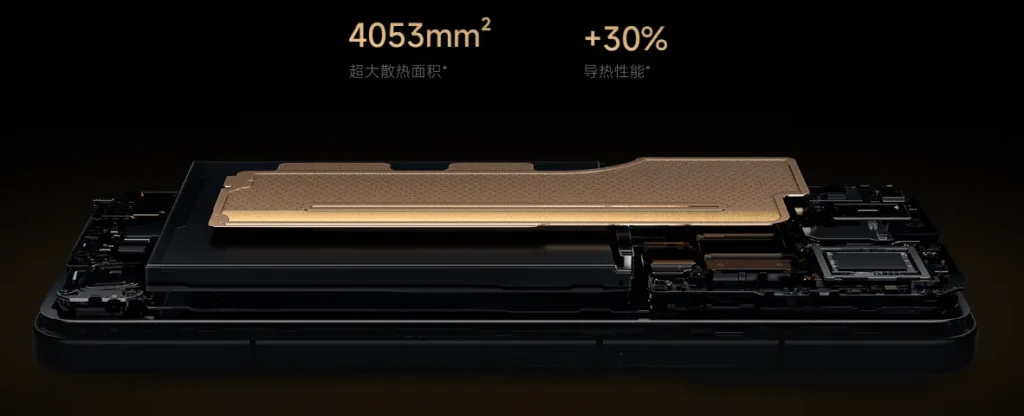
Starting with Honkai Star Rail, one of the most demanding games in the mobile sphere—the XRING O1 maintains a smooth 40 FPS after throttling, even when the chip begins to heat up after 4 minutes. But here’s the kicker: the frame rate stabilizes, and the temperature remains controlled, giving users a premium experience without overheating the phone.
Next up is Genshin Impact, a notoriously tough test for any mobile GPU. The Xiaomi XRING O1 manages a stable 60 FPS, rivaling or even exceeding the performance of Snapdragon-equipped phones. Efficiency is the name of the game here—the chip balances power draw and thermal output with near-perfect precision.

Lastly, in PUBG Mobile, the pattern continues. Smooth gameplay, efficient performance, and temperature control are hallmarks of the experience. However, things change slightly when the phone switches from Wi-Fi to 5G. The XRING O1’s lack of integrated 5G modem results in higher power consumption during mobile data gaming, which affects battery longevity.
But let’s be clear: under Wi-Fi, the Xiaomi XRING O1 is nearly unbeatable in gaming performance. This alone makes the Xiaomi 15S Pro, powered by the XRING O1, a solid choice for mobile gamers.
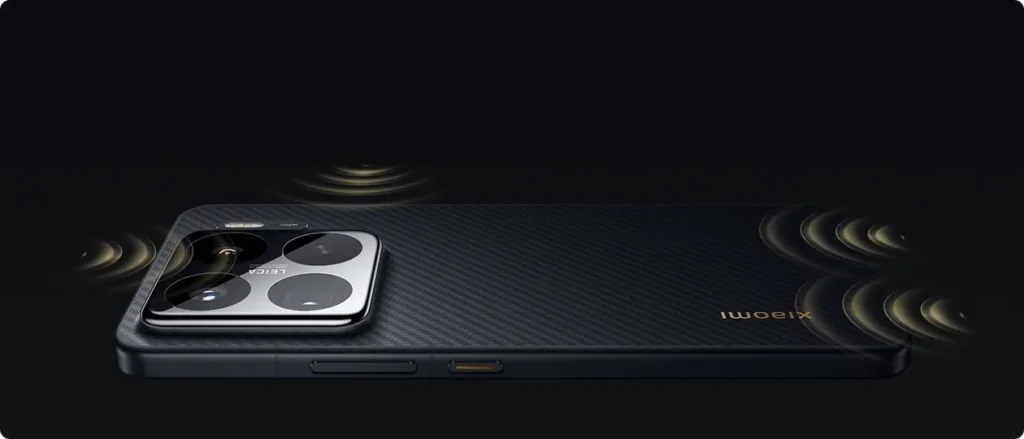
Thermal Management and Power Efficiency
As we continue this Xiaomi XRING O1 Review, thermal management becomes a critical talking point. A powerful chip is nothing without effective heat control, especially during long gaming or productivity sessions. Thankfully, the Xiaomi XRING O1 excels in this area—at least when operating under Wi-Fi conditions.
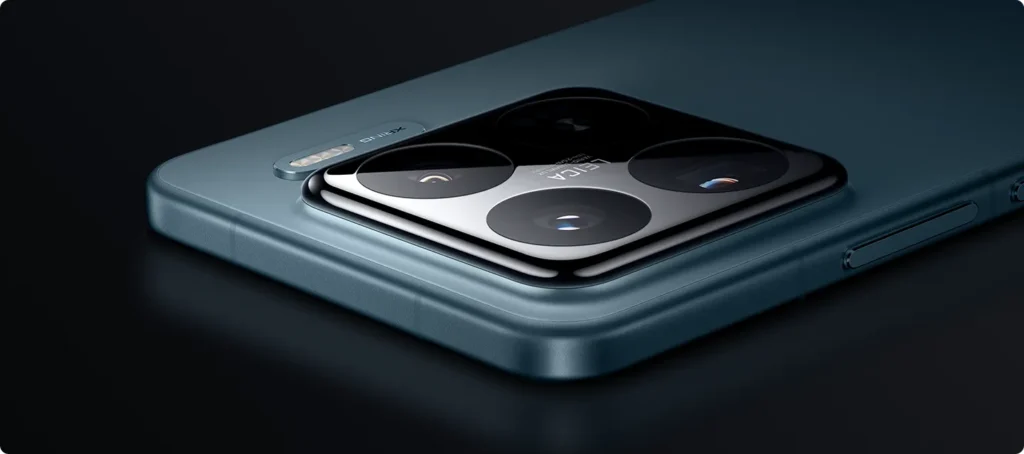
In multiple tests, especially while running Honkai Star Rail and PUBG Mobile, the XRING O1 maintained low thermal output. Even under maximum loads, temperatures remained within a safe operating range. Xiaomi has clearly optimized the chip’s power distribution and thermal throttling algorithms. After an initial spike in temperature during heavy load (like high-end gaming), the chip intelligently throttles the CPU and GPU, stabilizing performance while avoiding any major frame rate drops.
But the scenario changes when the phone operates on 5G. Due to the absence of an integrated 5G modem, the XRING O1 relies on the external MediaTek T800. This adds an extra layer of power draw and heat generation. As a result, power consumption rises significantly during 5G gaming or video streaming, leading to reduced battery life.
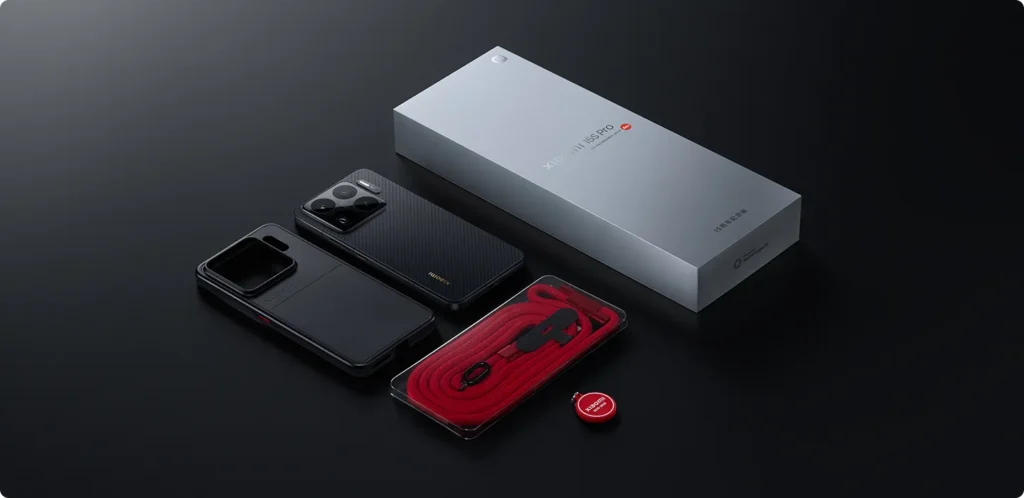
Still, the Xiaomi XRING O1 wins high marks for managing heat better than the Snapdragon 8 Elite when comparing Wi-Fi-only use cases. The chip’s intelligent load balancing ensures that even at peak performance, the device stays relatively cool and efficient.
Camera System Powered by XRING O1’s ISP
This part of the Xiaomi XRING O1 Review focuses on photography and video. A smartphone’s image signal processor (ISP) plays a vital role in determining how well the camera performs, and Xiaomi’s custom XRING O1 ISP introduces both strengths and weaknesses.
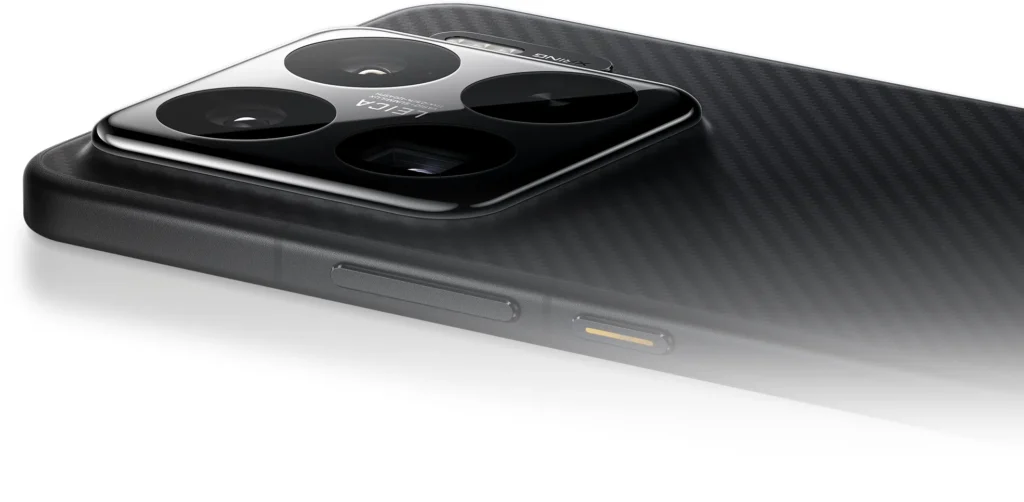
The most notable upgrade is in the 5x telephoto lens of the Xiaomi 15S Pro, which is now much more accurate in color reproduction, particularly white balance. In low-light conditions, this camera significantly outperforms the one in the Xiaomi 15 Pro, making the XRING O1 ISP a standout performer for night photography.
The main camera also benefits from a boost in dynamic range, allowing for better highlight retention and more detail in both bright and dark areas. Videos appear sharper, and thanks to less aggressive cropping, they feel more natural. However, this improvement comes with a tradeoff—weaker image stabilization, especially in low-light video captures.

One surprising issue is the reappearance of the green tint in night scenes, especially noticeable in the ultrawide camera. This is a step back, and a clear indicator that the XRING O1 ISP still has room to grow, particularly when compared to Qualcomm’s camera processing which handles color grading more consistently.
When shooting in 4K at 60fps, the Xiaomi 15S Pro, powered by the XRING O1, shows remarkable clarity and improved exposure control. But if Xiaomi wants to truly compete with Apple’s and Qualcomm’s ISP capabilities, future iterations like the XRING O2 must address these inconsistencies.
Video Capabilities and Stabilization
Video performance is a strong suit in our Xiaomi XRING O1 Review, albeit with some caveats. Thanks to the XRING O1 ISP, videos shot on the Xiaomi 15S Pro are noticeably sharper, especially at 4K 60FPS. The chip processes footage with increased detail and improved sharpness, enhancing the user experience for content creators and vloggers.

However, the image stabilization suffers when you push the camera to its limits. Unlike the Snapdragon 8 Elite, which offers reliable stabilization across all resolutions and frame rates, the XRING O1 struggles slightly with maintaining smooth footage during high-movement shots.
There’s also a noticeable drop in performance when switching to ultrawide video mode in low-light conditions. Graininess and reduced clarity become evident, with a dip in overall color accuracy. This issue, tied back to the chip’s ISP limitations, is one of the few drawbacks that camera lovers will want to keep in mind.
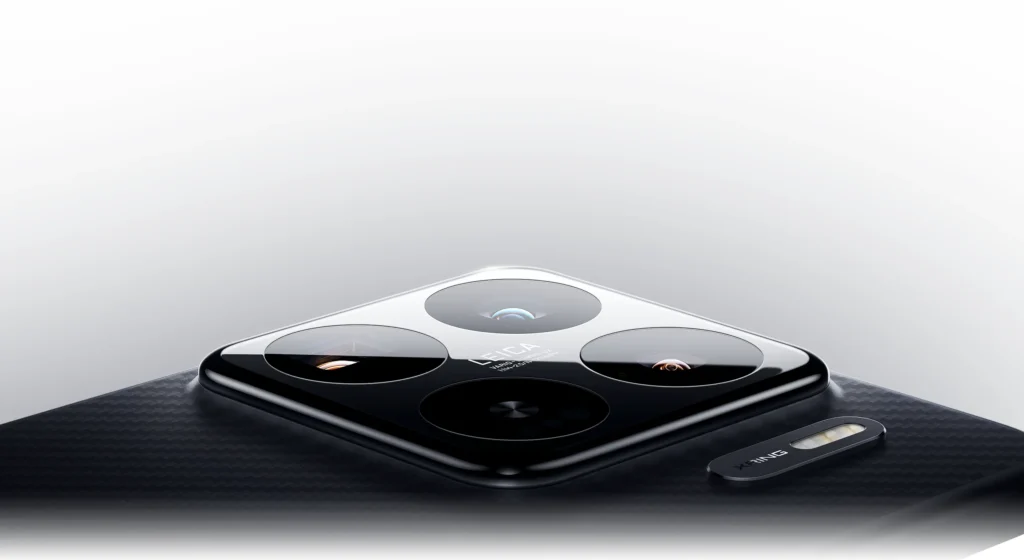
Still, for the average user and most creators, the XRING O1’s video capabilities are more than sufficient. With further tuning, future software updates may even correct many of these initial flaws.
AI Performance: MPU and HyperAI
AI is the future, and the Xiaomi XRING O1 Review wouldn’t be complete without discussing its six-core MPU (Machine Processing Unit). Xiaomi equipped the XRING O1 with a 10MB cache and an AI computing power of up to 44 TOPS (trillion operations per second), which puts it on par with leading chipsets from other giants.

However, as powerful as this AI engine is, Xiaomi has yet to fully unleash its potential. The HyperAI platform—which should ideally enable offline AI features—doesn’t currently support many advanced tasks without an active internet connection. This significantly limits its real-world application.
Benchmarks also reflect this shortcoming. Many popular AI test apps are not yet optimized for the XRING O1 architecture, resulting in underwhelming scores that don’t reflect the chip’s theoretical capabilities. In simple terms, the hardware is ready, but the software is not.
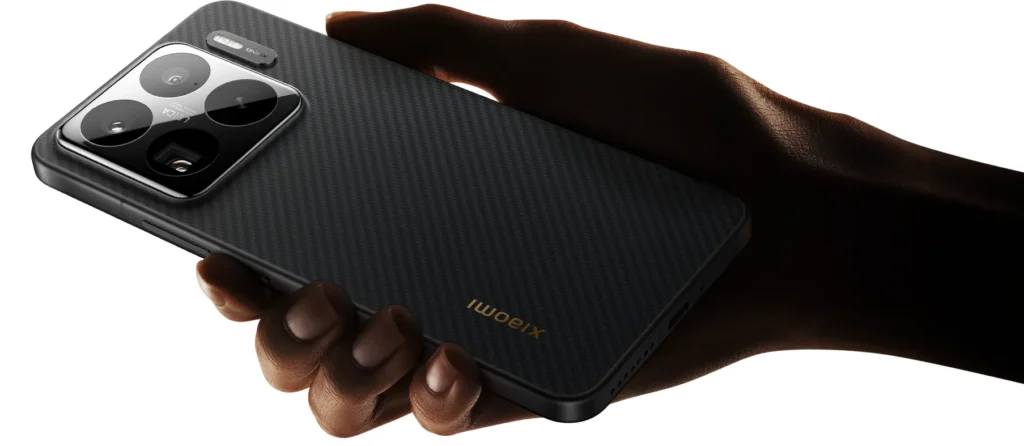
In future updates—or ideally, with the XRING O2—we can expect better AI functionality, like offline photo editing, instant translation, or intelligent video enhancements. Until then, the MPU remains underutilized, but full of promise.
Connectivity and Compatibility: Wi-Fi, Bluetooth, and More
Connectivity is where the Xiaomi XRING O1 Review gets nuanced. While the chip misses an integrated 5G modem, it shines in several other areas. The Xiaomi 15S Pro, powered by the XRING O1, supports Wi-Fi 7, offering blazing fast speeds, lower latency, and superior stability—especially for gamers and streamers.

Bluetooth compatibility is also robust. Xiaomi went the extra mile to license almost all major Bluetooth audio protocols, ensuring that users won’t miss out on features like aptX, LDAC, and others. Music lovers using wireless earbuds will enjoy the same premium experience found on Snapdragon-powered phones.
When it comes to GMS (Google Mobile Services) compatibility, the Xiaomi XRING O1 performs admirably. Despite being a new chip, Xiaomi ensured that it plays well with Android’s ecosystem. Apps load quickly, background activity is smooth, and there are no noticeable lags or crashes.
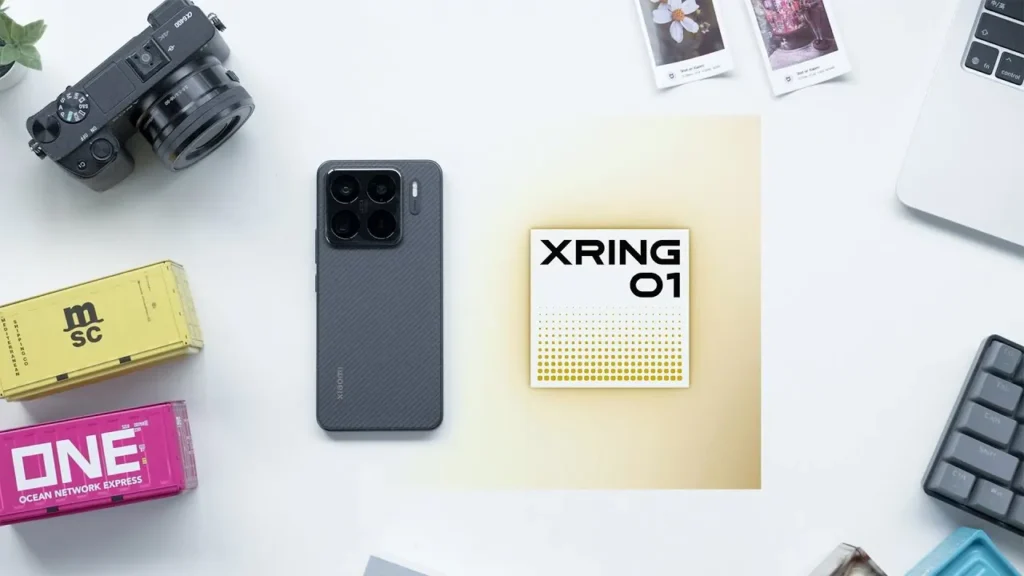
However, the Achilles’ heel remains its external 5G modem. In every test, battery consumption was significantly higher when switching from Wi-Fi to 5G. This makes the XRING O1 less ideal for users who rely heavily on mobile data throughout the day. Thankfully, Xiaomi has already developed an in-house 4G modem and is expected to integrate a 5G modem in upcoming chips.
Battery Life and Power Optimization
Battery life can make or break a smartphone experience, and it’s a major point in our Xiaomi XRING O1 Review. While the Xiaomi XRING O1 performs exceptionally well in areas like gaming and efficiency under Wi-Fi, things take a slight downturn when you consider mobile data usage—specifically 5G.

Under Wi-Fi, the Xiaomi 15S Pro, which houses the XRING O1, shows stellar results. During long gaming sessions, video streaming, and even in standby mode, the phone sips power efficiently, offering all-day battery life. This is thanks to optimized power control mechanisms, and a highly efficient architecture enabled by TSMC’s N3E process.
However, the moment you switch to 5G, everything changes. Because the XRING O1 lacks an integrated 5G modem, it depends on the MediaTek T800 external modem, which increases power draw significantly. This results in faster battery drain during gaming, video calls, and streaming via mobile data.
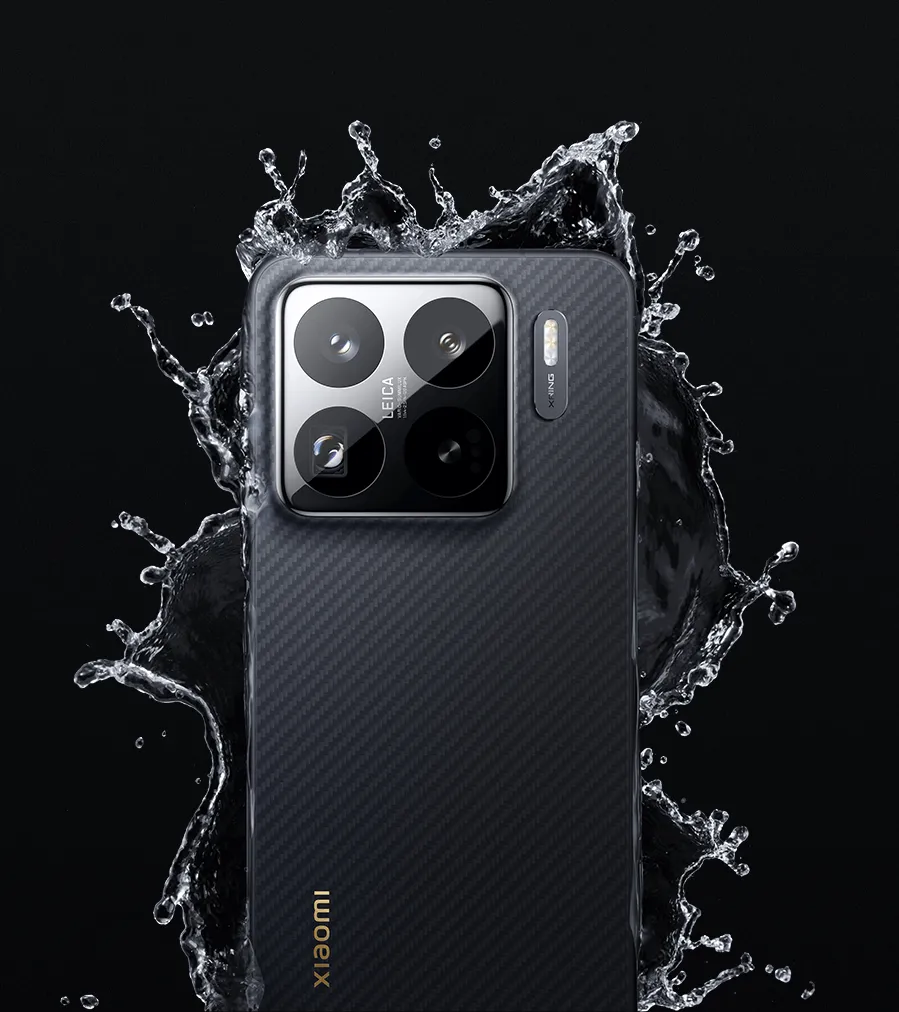
Tests show that the battery life on 5G networks is approximately 30 minutes shorter than on the Xiaomi 15 Pro, which uses a Snapdragon processor with an integrated modem. So, for users constantly on mobile data, this might be a downside.
Still, Xiaomi’s intelligent software optimization means that the device learns user habits and adjusts performance accordingly. If you’re mostly on Wi-Fi, the Xiaomi XRING O1 delivers impressive endurance that rivals or beats the competition.
User Experience and Software Optimization
Another key factor in this Xiaomi XRING O1 Review is how well the hardware and software integrate to deliver a smooth, glitch-free user experience.
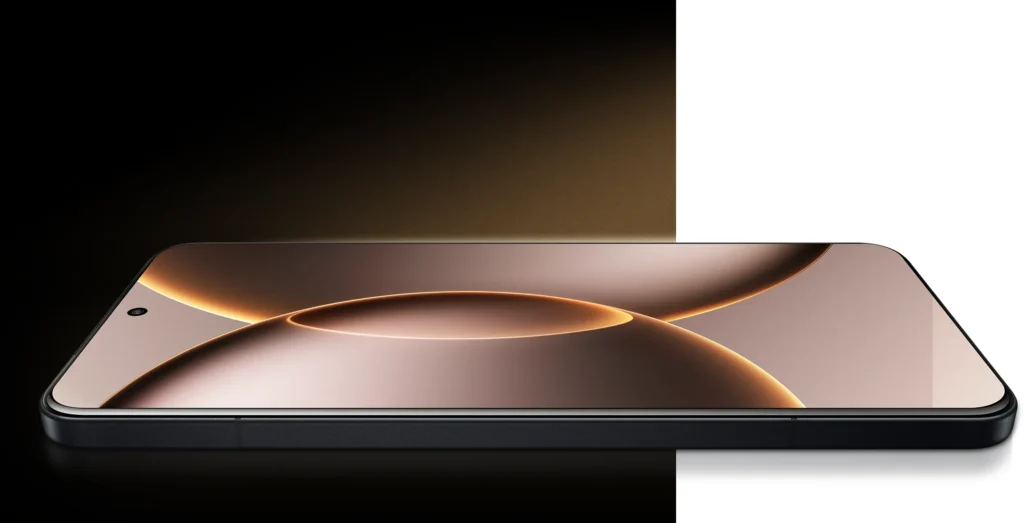
The Xiaomi 15S Pro runs MIUI, Xiaomi’s custom skin on Android, and it’s optimized to take full advantage of the XRING O1 chip. From app launch times to animations and transitions, everything feels fluid and responsive. This is a testament to Xiaomi’s tight hardware-software integration, which is often a strength of companies that build their own chips (like Apple with iOS and the A-series chips).
However, some limitations exist. Features like Always-On Display (AOD) cannot remain constantly active, a limitation likely imposed to manage battery life on the XRING O1. While it’s a small detail, it stands out because most flagship phones offer this feature without restriction.
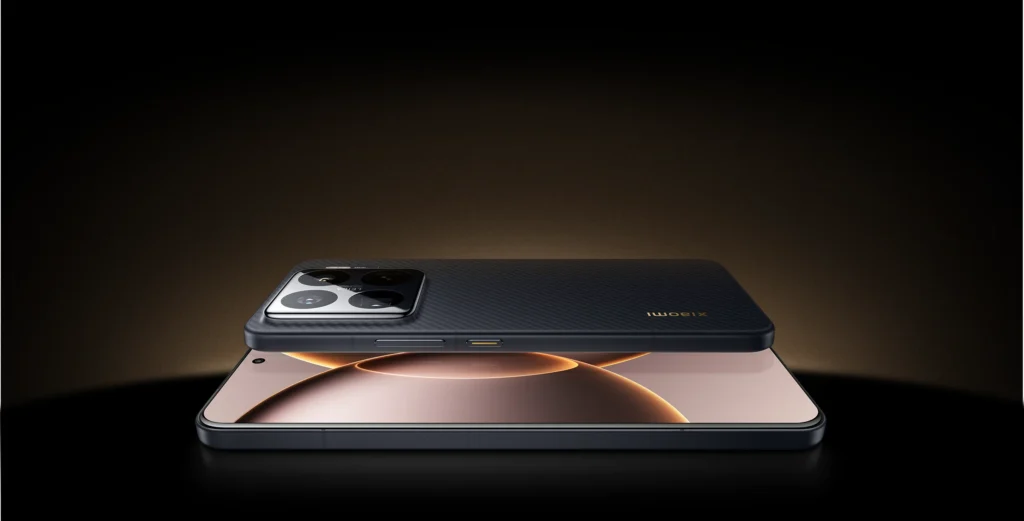
Still, Xiaomi has integrated their HyperOS features reasonably well, and the MPU adds subtle AI enhancements like app prediction and photo sorting—though these features don’t yet work offline. Once Xiaomi refines their software further, the XRING O1’s full potential can truly shine.
Multimedia and Display Performance
No Xiaomi XRING O1 Review is complete without discussing multimedia capabilities. Thankfully, the XRING O1 delivers a top-tier experience when it comes to video decoding, display handling, and audio support.

For video lovers, the chip supports HDR video decoding, and performance during video playback is buttery smooth. Whether you’re watching YouTube, Netflix, or local 4K HDR content, there are no hiccups or lags. Frame pacing is excellent, and the visuals are crisp and vibrant, especially on the Xiaomi 15S Pro’s AMOLED display.
The GPU and ISP also help in enhancing real-time image processing, making media viewing richer in color and clarity. Xiaomi’s display tuning ensures deep blacks, vivid colors, and minimal motion blur.
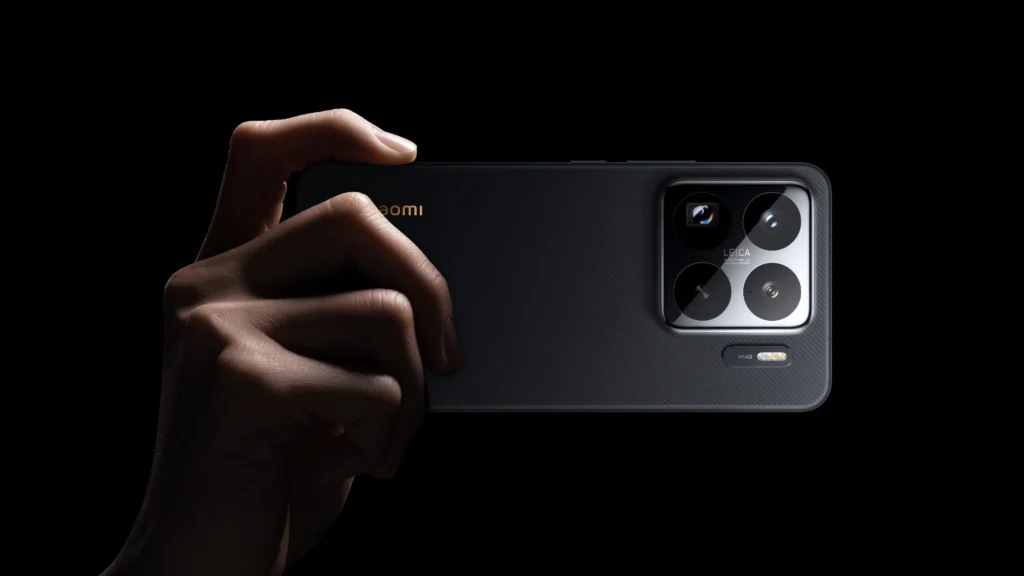
Audio performance is just as impressive. Thanks to Xiaomi licensing nearly all major Bluetooth audio protocols, users won’t miss out on high-fidelity audio. This includes support for AAC, aptX, LDAC, and more—ensuring great wireless audio, no matter which earbuds or headphones you’re using.
Even though the chip isn’t a multimedia-specific powerhouse like some of MediaTek’s SoCs, the XRING O1 competently handles every media task thrown its way.
Strengths and Weaknesses of the Xiaomi XRING O1
Now let’s bring this Xiaomi XRING O1 Review together by clearly outlining its biggest strengths and notable weaknesses.
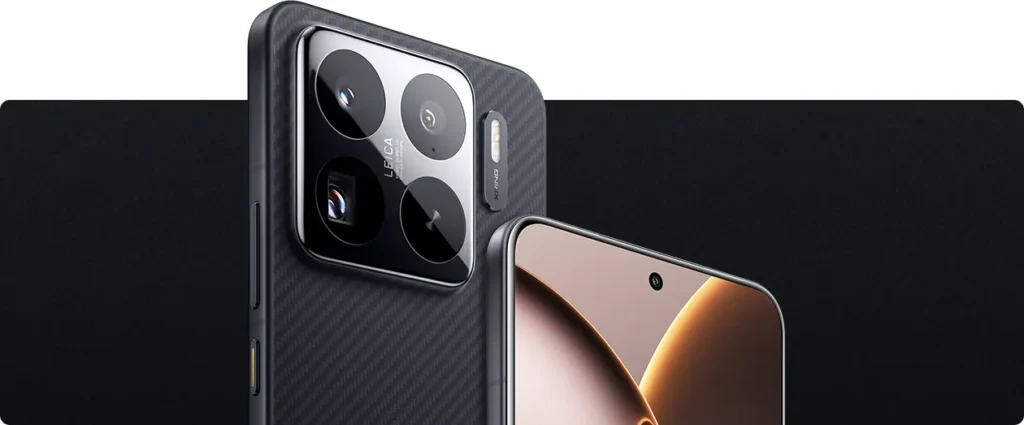
Strengths:
- Impressive CPU performance that beats Snapdragon 8 Elite in multiple benchmarks
- Large 16-core GPU for smooth gaming and graphics rendering
- Excellent thermal management, especially under Wi-Fi conditions
- Advanced camera enhancements via XRING O1’s custom ISP
- Supports Wi-Fi 7 and nearly all modern Bluetooth protocols
- AI-ready MPU with 44 TOPS processing power
- Tight hardware-software integration through MIUI optimization
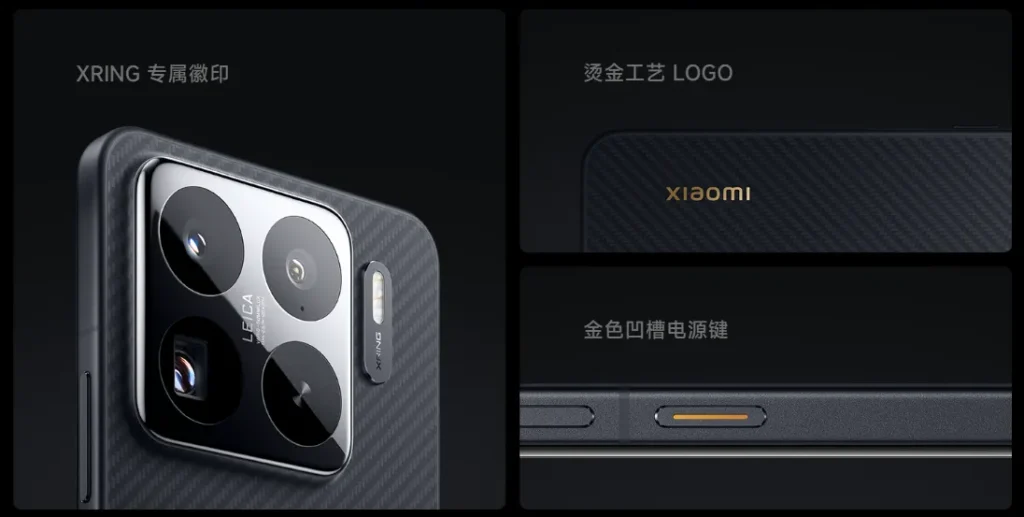
Weaknesses:
- No integrated 5G modem, resulting in increased power usage and reduced battery life on 5G
- AI features require internet; offline capabilities are minimal
- Stabilization issues in ultrawide video recording at night
- Always-On Display limitations, likely due to power management decisions
- Ray tracing GPU performance lags behind Snapdragon
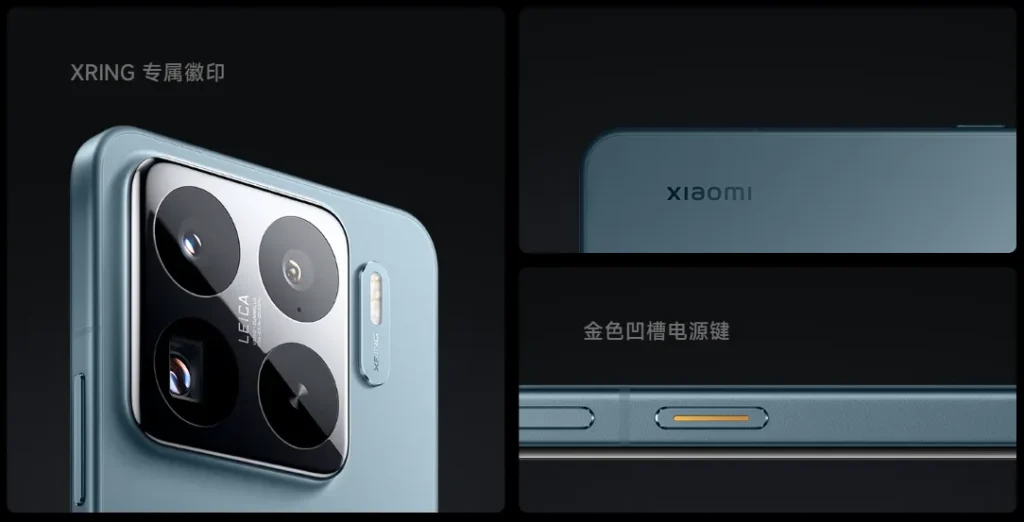
The Xiaomi XRING O1 is a solid debut for Xiaomi’s in-house chip team, showing incredible promise. The next generation could fix the modem issue and bring the chip up to par—or ahead—of industry leaders.
Looking Ahead: What to Expect from XRING O2
Finally, let’s wrap up this Xiaomi XRING O1 Review by looking at the road ahead. Xiaomi isn’t stopping here. The company has already confirmed that XRING O2 is in development, and it’s expected to be a major leap forward.
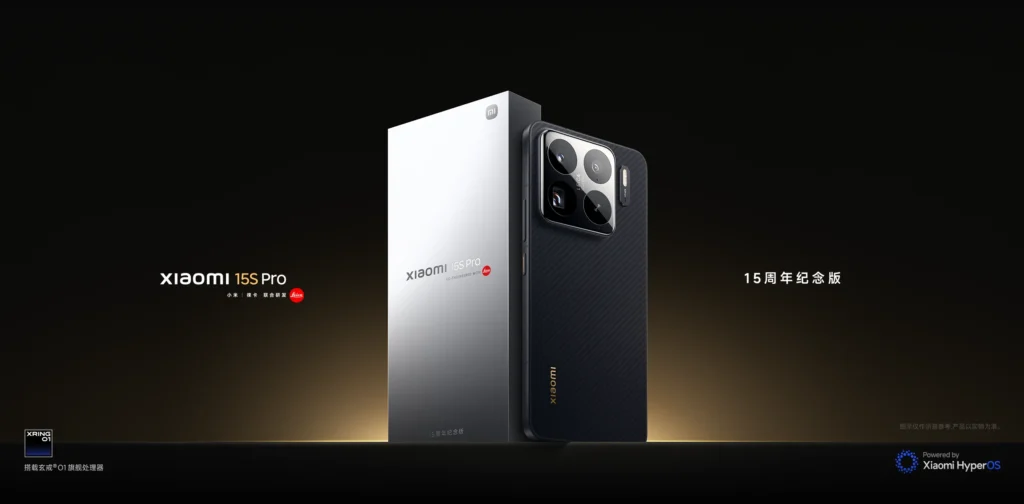
From what we know, the focus will be on:
- Integrated 5G modem to resolve the biggest power efficiency issue
- Better ray tracing capabilities for advanced gaming
- Full offline AI functionality, utilizing the powerful MPU

Xiaomi XRING O1 Review, Xiaomi XRING O1, Xiaomi 15S Pro, XRING O1 CPU, XRING O1 GPU, XRING O1 benchmarks, XRING O1 gaming performance, XRING O1 thermal efficiency, XRING O1 battery life, XRING O1 vs Snapdragon 8 Elite, XRING O1 ISP, XRING O1 AI performance, Xiaomi custom chip, XRING O2 leak, XRING O1 camera review, Xiaomi XRING O1 gaming test, XRING O1 power consumption, MediaTek T800 modem, XRING O1 Bluetooth support, XRING O1 5G performance
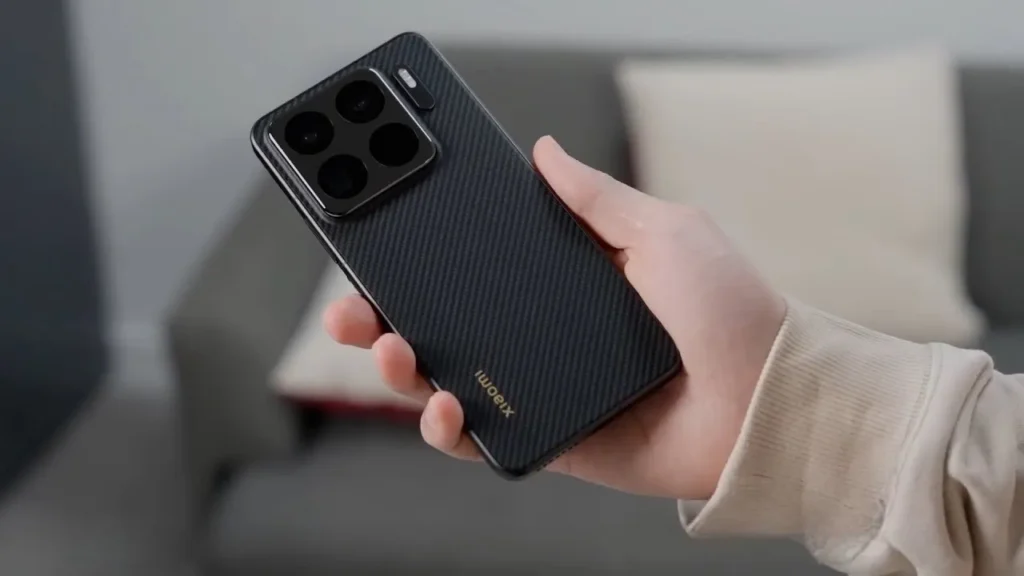
Thank You for visiting Tech Uplifter!
Don’t forget to Subscribe to our Official Newsletter for latest updates.
